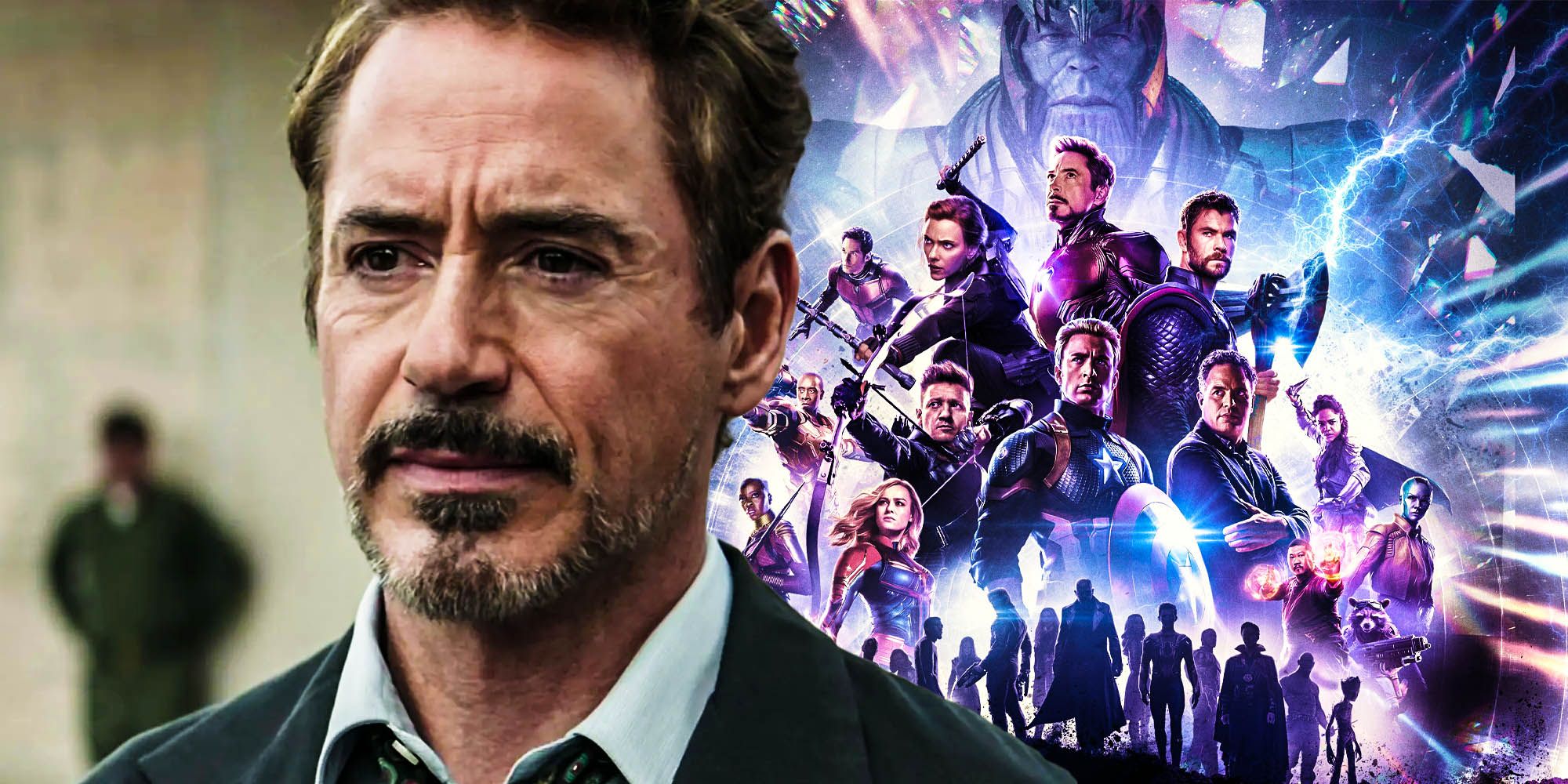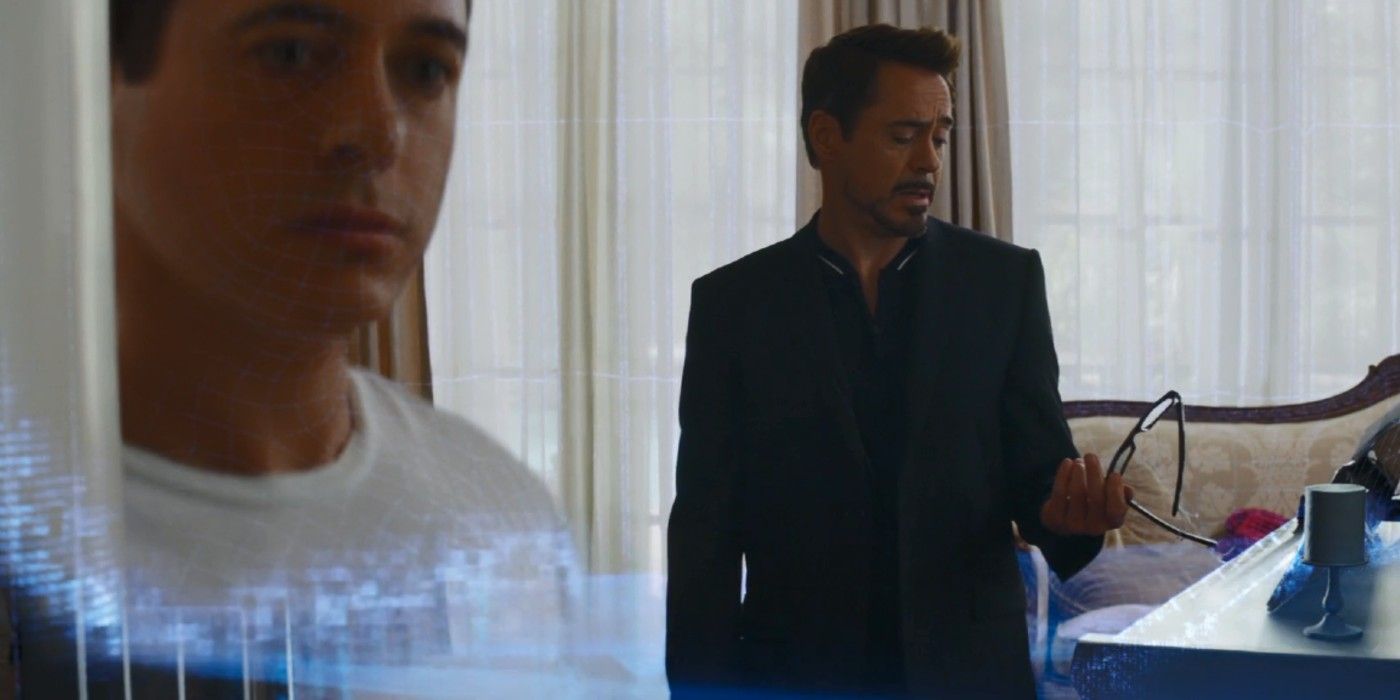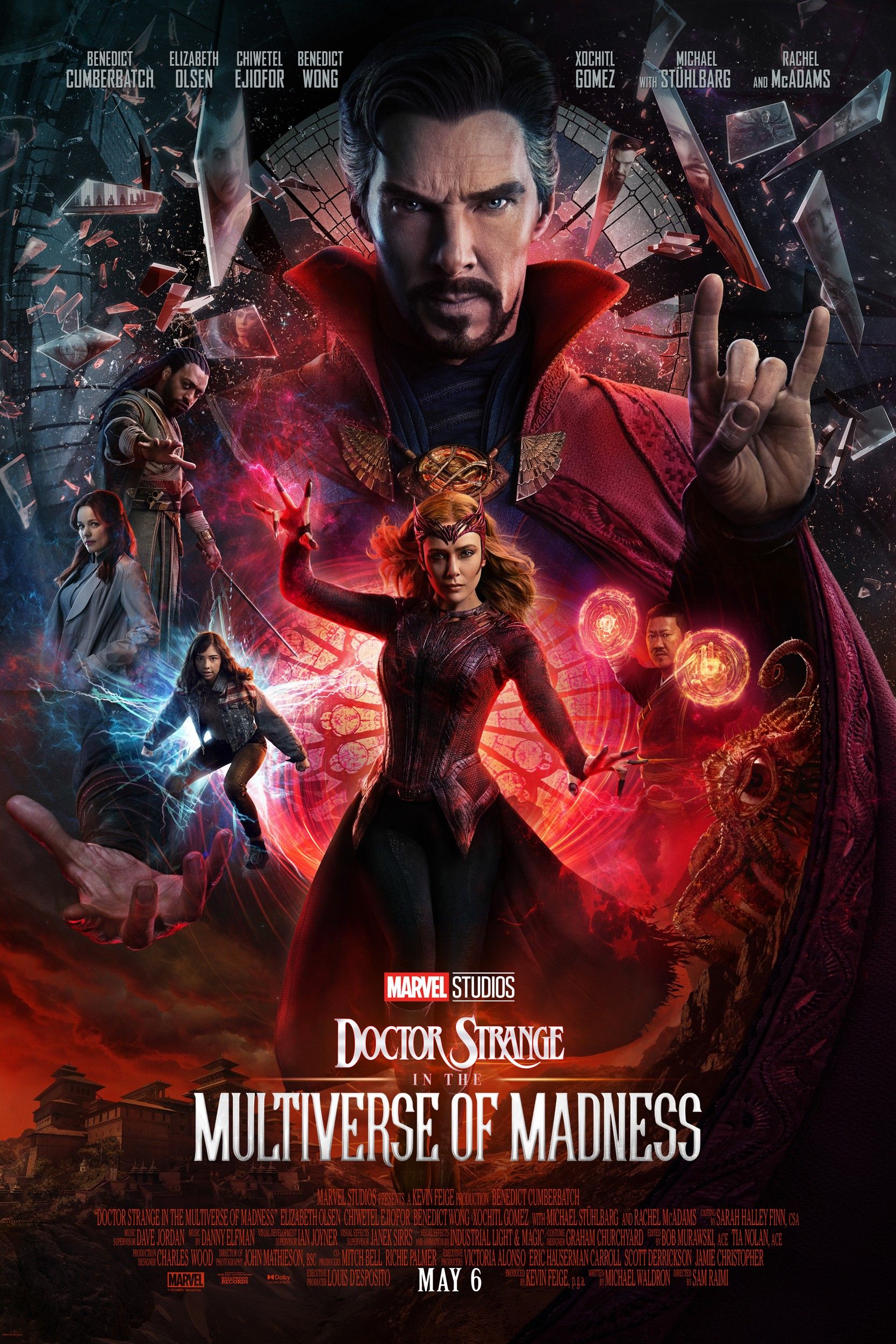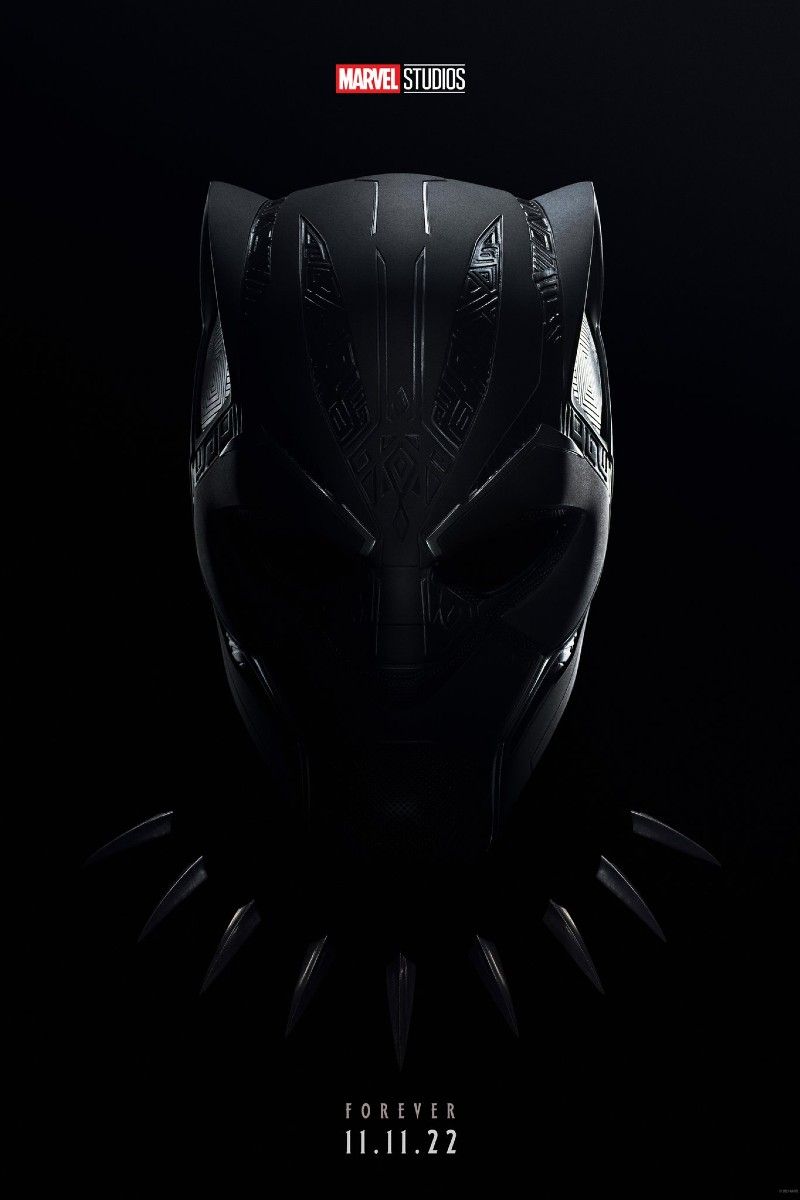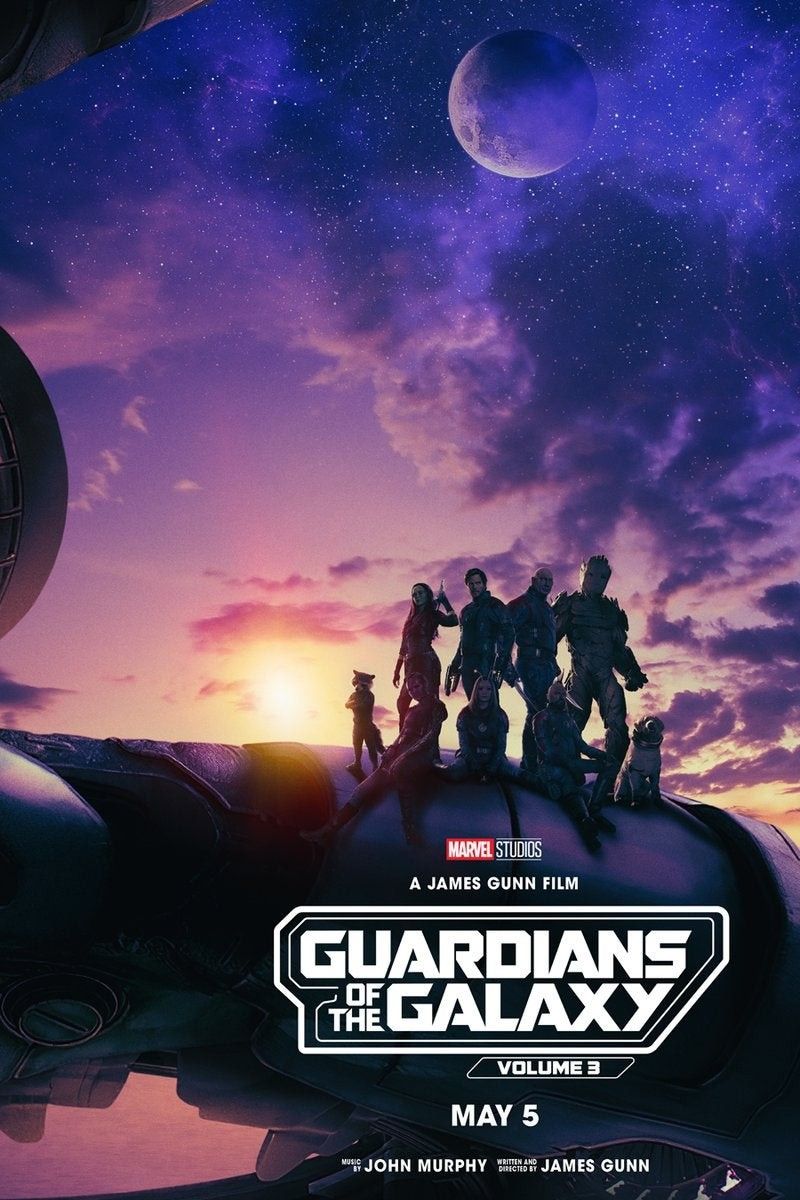Avengers: Endgame has a lost Iron Man-related plotline, why was it not in the film? Robert Downey Jr.'s MCU hero finished his arc in the 2019 Infinity Saga-capper directed by Joe and Anthony Russo. While Endgame did a great job with his sensical, albeit tragic, send-off, there's one particular narrative connected to him that the film failed to tackle.
On the heels of the heroes' devasting loss to Thanos (Josh Brolin) in Avengers: Infinity War, each one spent the next five years differently. For Tony Stark, he focused on being with Pepper Potts (Gwyneth Paltrow); the pair pushed through with their wedding, and eventually, they got a daughter, Morgan (Lexi Rabe). When the idea of the time heist came around, he was understandably hesitant to join the mission. But unable to refuse the call of duty, Iron Man suited back up. Unfortunately for him, even after Smart Hulk (Mark Ruffalo) successfully executed the reverse snap, he still needed to sacrifice himself to defeat 2014 Thanos and his minions.
Tony Stark's death is one of the most devastating ones in the MCU, but Marvel Studios effectively justified that dying for a greater cause makes so much sense in terms of his personal journey. Endgame also did a great job addressing any lingering narratives regarding the hero — including allowing him to make peace with his dad, Howard Stark (John Slattery). However, there's one Iron Man-related plotline that the film failed to include: the return of Binary Augmented Retro-Framing or B.A.R.F. Introduced in Captain America: Civil War, the device was supposed to factor in the 2019 blockbuster. Aside from the Russos saying that it will make its return in the Infinity Saga-capper, a prop labeled as such was also spotted on the set of Endgame while they were filming the New York leg of Endgame's time heist. In the end, however, it was nowhere to be found; it wasn't even mentioned in the blockbuster.
So, why was it cut? Chances are that it was all just a ploy by the Russo Brothers to distract fans from the real story of Endgame. Marvel Studios went to great lengths to preserve the secrecy surrounding the film. In fact, they didn't announce the title and start the marketing for the project until it was just four months away from hitting theaters. The filmmakers may have intentionally talked about the technology factoring in the movie to keep fans figuring out how it fits in its narrative. Meanwhile, the prop labeled as B.A.R.F. was also part of their plan, knowing full well that set images would eventually make their way online since they were filming outside a soundstage. Instead, the technology played a part in the movie, Spider-Man: Far From Home where it was revealed that Quentin Beck (Jake Gyllenhaal) was the one who created the trauma help system. He got so pissed that he came up with an elaborate plan with fellow disgruntled ex-Stark Industries employees to steal Even Dead I'm The Hero/E.D.I.T.H.
After the Infinity Saga, there's no indication yet that B.A.R.F. will re-appear in the MCU. At this point, it's unclear who has access to it, especially since Tony relocated to a humble home in Avengers: Endgame after residing in the Avengers HQ. What's interesting is that it could help a great help for a few people in the franchise who are currently dealing with trauma such as Wanda Maximoff (Elizabeth Olsen) and Bucky Barnes (Sebastian Stan).

